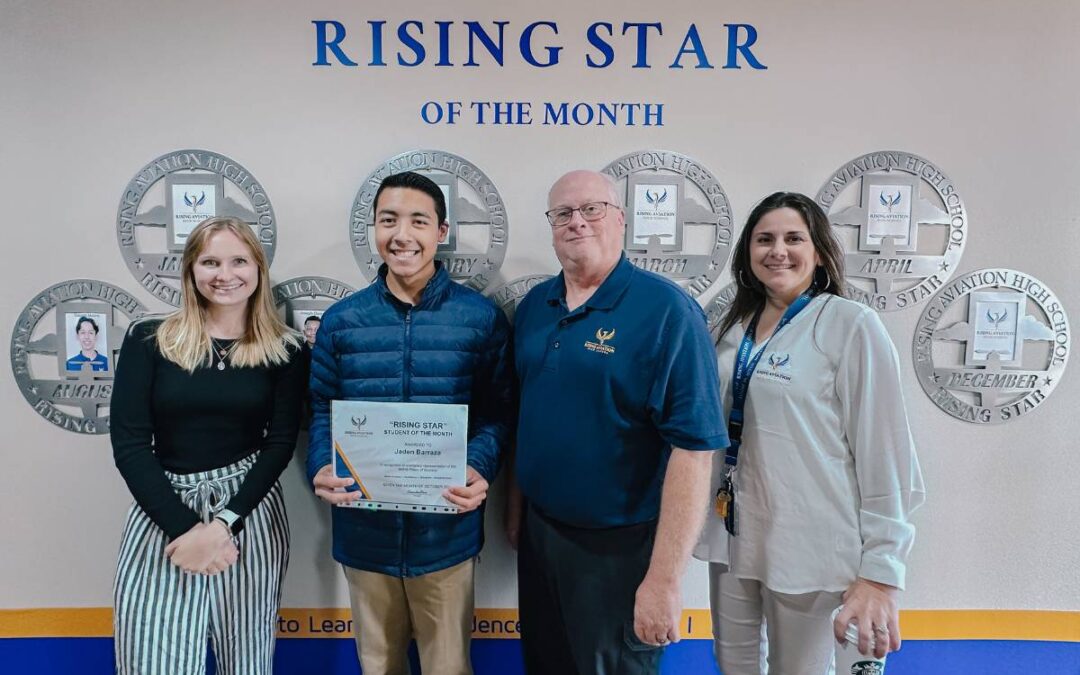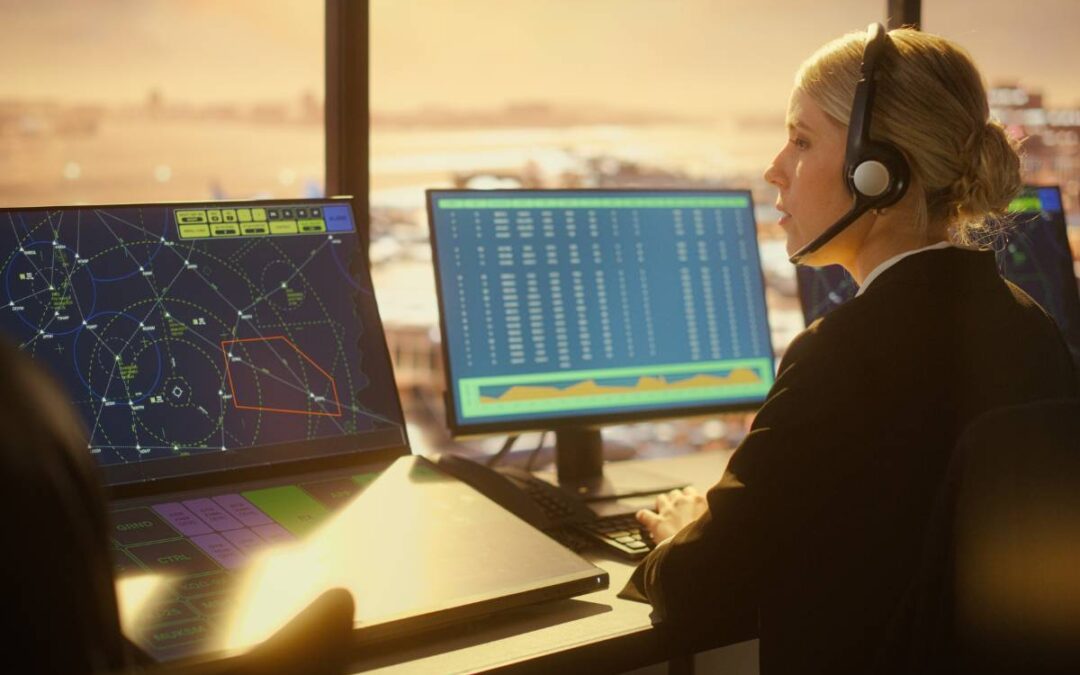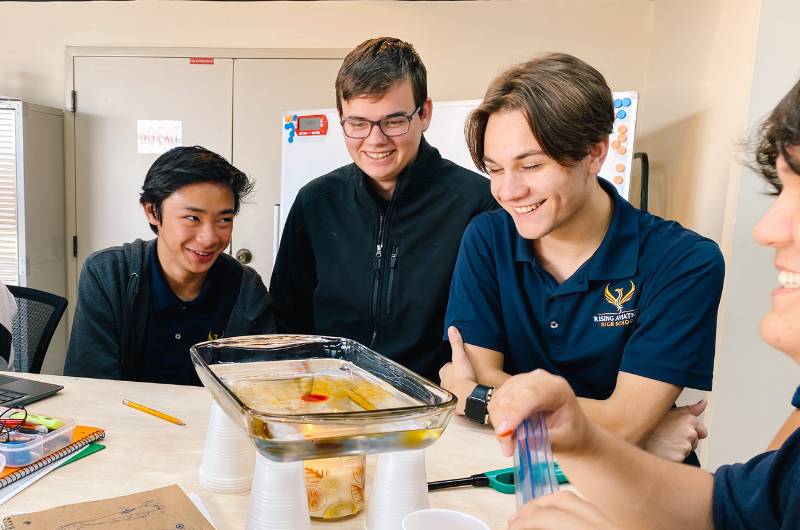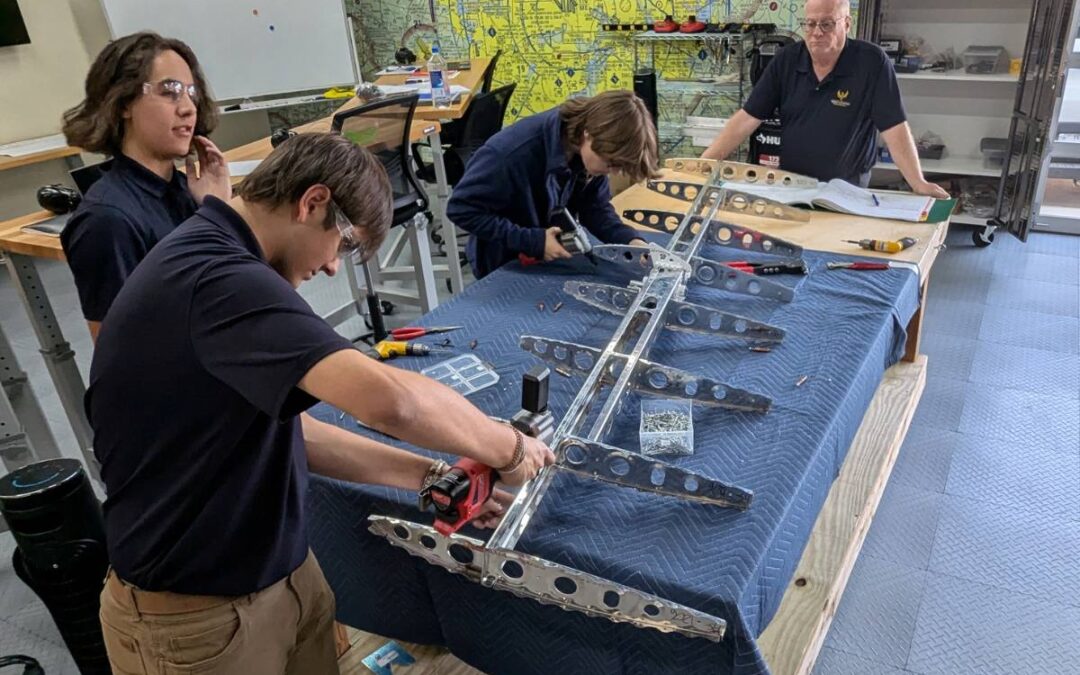Learn how this growing career utilizes a wide range of STEM subjects.
Pilots must have a strong understanding of physics as well as other sciences. And they must learn how to use a variety of ever changing technologies to safely navigate the skies.
In this article we’ll dive deep into the commercial airline pilot career path and discover how you can prepare with a strong STEM high school education.
An Airline Pilot’s Role And Responsibilities
As a commercial airline pilot, you’ll have important duties to keep passengers safe and get them to their destination on time. Your job involves much more than just flying the plane.
The Primary Duties
Your main duty is to fly the aircraft safely. You’ll need to monitor weather reports, watch aircraft systems, communicate with ATC, and so much more.
Before takeoff, you’ll do a thorough pre-flight checks of all systems to make sure the aircraft is ready to go.
During the flight, you’ll:
- Navigate the plane
- Talk to air traffic control
- Monitor fuel levels and systems
- Make announcements to passengers
You also must be prepared for any emergency. In an emergency, you’re in charge. You’ll need to stay calm and follow procedures to keep everyone safe.
Day-To-Day Activities And Tasks
Your typical day starts well before takeoff. You’ll arrive early to review flight plans and weather.
You’ll meet with your co-pilot and cabin crew to brief them on the flight.
In the cockpit, you’ll:
- Do pre-flight checks
- Program the flight computer
- Talk to ground crew
During the flight, you’ll constantly monitor instruments and adjust your course as needed. You’ll also fill out logs and communicate with your crew.
After landing, you’ll do a post-flight check and fill out reports. Between flights, you might have layovers in different cities where you’ll need to rest and prepare for your flights the next day.

Required Education And Skills
Becoming a commercial airline pilot requires specific education, certifications, and skills. You’ll need to meet strict requirements and undergo extensive training to fly passengers safely.
Necessary Educational Background And Degrees
To start your journey as a commercial airline pilot, you need a high school diploma or GED.
While a college degree isn’t always required, many airlines prefer candidates with a bachelor’s degree. An aviation degree can be helpful, but degrees in other fields like math, physics, or engineering are also valued.
You’ll need to earn several certifications, starting with a private pilot certificate.
Next, you’ll work towards an instrument rating and commercial pilot license.
Finally, you’ll need to obtain an Airline Transport Pilot (ATP) certificate, which requires at least 1,500 flight hours.
Key Skills And Qualifications Needed
As a pilot, you need a variety of skills beyond just flying the aircraft including:
- Excellent communication skills to work with your crew and air traffic control.
- Strong problem-solving abilities are crucial for handling unexpected situations.
- You must be able to stay calm under pressure and make quick decisions.
- Good math and physics skills are important for understanding navigation and aircraft systems.
- Pilots also need sharp eyesight and good hand-eye coordination. You must pass regular medical exams and maintain a first-class medical certificate throughout your career.
- Airlines also look for candidates with leadership skills and the ability to work well in a team.
- Being detail-oriented is crucial for following safety procedures and regulations.
Prepare by Attending a STEM High School
Attending a STEM aviation high school can give you a head start in your pilot career. These schools offer advanced classes in math, science, and technology, which are all relevant to aviation.
STEM programs often include hands-on projects and real-world applications. This can help you develop problem-solving skills and technical knowledge that are valuable in pilot training.
At Rising Aviation High School students in our Fixed Wing Pilot Program are able to pursue their private pilot certificate while in high school. Giving them a head start on their professional career.
Our students are also able to utilize our flight simulator lab and gain a strong understanding of flight and the aviation industry as a whole during their high school education.
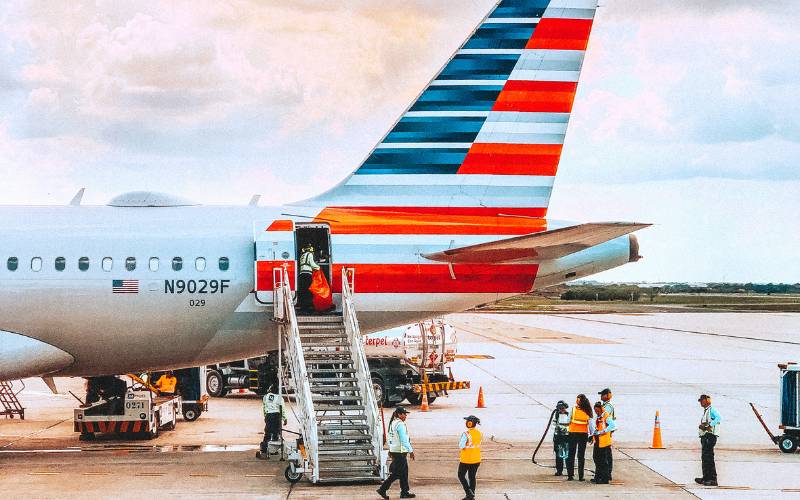
Career Path And Advancement
Becoming a commercial airline pilot offers a clear path for growth. You’ll start as a first officer at a regional airline and work your way up to captain at a major airline. Along the way, you’ll gain experience and skills that open doors to new opportunities.
Typical Career Progression
Your pilot career path usually begins with getting your commercial pilot license. You might start by working as a flight instructor to build hours.
Next, you could join a regional airline as a first officer. After a couple of years you’ll upgrade and become a captain at the regional airline.
After gaining experience, you may move to a major airline. There, you’ll start as a first officer again. With time you can become a captain. This role comes with more pay and responsibility.
Some pilots choose a military path first. This can give you valuable training and experience. After serving, you can transition to a civilian airline.
Opportunities For Advancement And Specialization
As you progress, you’ll find many ways to grow your career. You might become a check airman, training other pilots. Or you could move into management roles at airlines.
Some pilots specialize in certain aircraft types. Others focus on international routes. You might even become a test pilot for new planes.
There are also chances to work in other areas of aviation. You could become a safety inspector or accident investigator. Some pilots move into air traffic control or flight operations management.
Your skills can also lead to jobs outside flying. You might work in pilot recruitment or aviation software development. There are many different career routes for pilots beyond flying the plane.
Impact On Aviation
A STEM education has a big effect on commercial aviation. It helps create skilled pilots who can fly planes safely.
When you learn STEM subjects, you gain important skills every pilot needs. Math helps you calculate fuel needs. Science teaches you about weather patterns. Technology skills let you use complex flight instruments.
STEM-educated pilots bring new ideas to airlines. They can:
- Improve flight efficiency
- Enhance safety procedures
- Develop better training methods
Your STEM background also helps you understand new plane technology. This makes flights smoother and safer for everyone.
Airlines also benefit from pilots with strong STEM skills. These pilots adapt better to changes in the industry. They can handle advanced aircraft systems with ease and can be overall better pilots because of the depth of their knowledge in these key areas.
STEM education creates a cycle of innovation in aviation. As pilots learn more, they find new ways to make flying better. This pushes the whole industry forward.
Challenges and Rewards
Being a commercial airline pilot comes with its own set of ups and downs. You’ll face tough tests and long hours, but also enjoy unique perks and a sense of achievement.
Common Challenges Faced as an Airline Pilot
You’ll need to be ready for some tough demands in this job. The training can be difficult. You have to earn several licenses and ratings and build a considerable number of flight hours before you can fly big planes.
The job can be tiring. You might work odd hours and be away from home frequently. This can make it hard to have a normal life outside of work.
You’ll also need to stay calm under pressure. Flying a plane full of people is a big task. You have to make quick choices to keep everyone safe.
Keeping up with new rules and tech is a must. The world of flying changes fast, so you’ll always be learning.
Rewards and Benefits Of Pursuing This Career Path
Despite the hard work, being a pilot can be very fun. You get to see amazing views few people ever see. The pay at major airlines is excellent. As you gain more time flying, you can earn a nice salary. Most airlines also give their pilots travel perks.
The job is never boring. Each flight is different, with new places to see and people to meet.
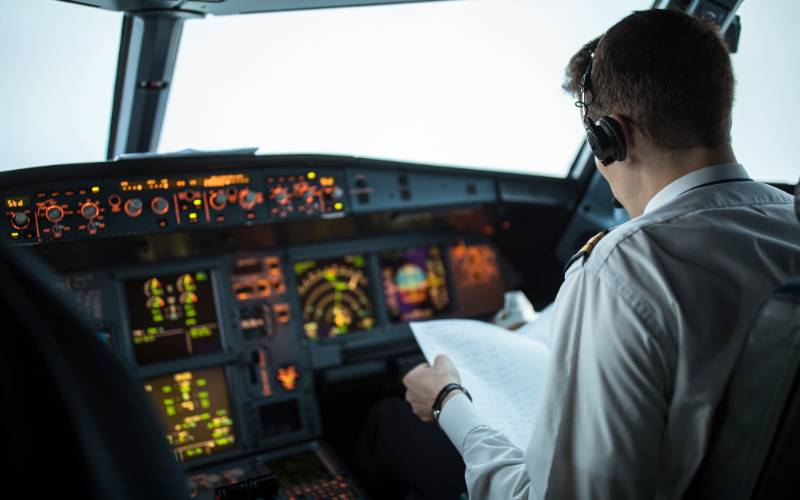
Future Outlook
The future looks bright for commercial airline pilots. New technologies and growing demand for air travel are shaping exciting changes in this career field.
The job market for pilots looks strong. More people want to travel by air, so airlines need more pilots.
The US Bureau of Labor Statistices forecasts about 16,800 pilot jobs will open up each year until 2032. Many current pilots will retire soon. This means even more jobs for new pilots like you.
Pay for pilots is also strong. The median annual pay for airline pilots in the US is $219,140 in 2023.
Remember, becoming a pilot takes hard work. But if you love flying, it’s a great career with many opportunities.


